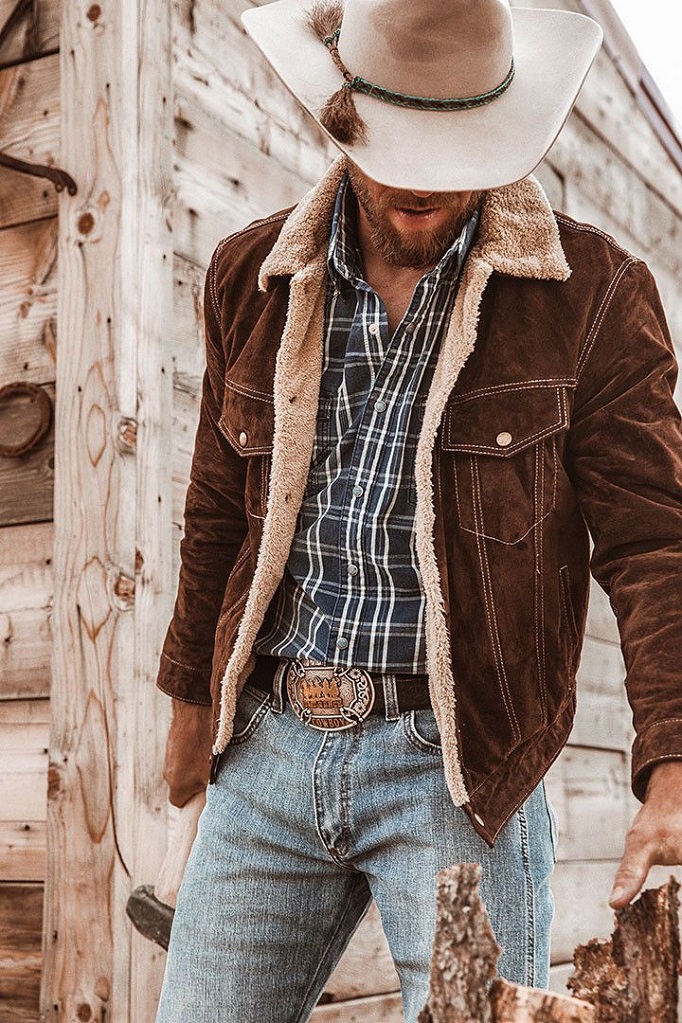Linear, low-density polyethylene plastic is what stretch wrap film essentially is. This type of material is used to package items be it on a pallet or in a box. Stretch wrap is available in different widths and thicknesses which make it applicable for all sorts of things. This wrapping material is so widely used that it has become the norm when it comes to packaging materials which is why we take it for granted nowadays. Although it's quite stretchable, wrap film is capable of securing heavy loads remarkably well.
 |
| Source: Pinterest |
Benefits of Stretch Film
Better Protection
As thin as it usually is stretch film wrap can actually provide much needed protection not just from shipping damages but also from UV rays too.
Stretch film also keeps items moisture, dust and dirt-free whilst being able to conceal the insides of an item pretty well if you happen to use opaque wrap. With wrap film you can make a load more stable since you are unitising all the items as one - shifting loads are a thing of the past.
Cost-Effective
Since you are essentially making items work as one when using stretch wrap film you are going to be saving on handling costs too. Individual boxes take up more time to get packaged and loaded than a single load comprised of multiple items. This increases the speed at which items are moved which results in a more timely delivery.
Eco-Friendly
You might think all of the aforementioned benefits come at the cost of our environment since this is a plastic material we're talking about. But, unlike most plastic products stretch film is actually recyclable. This way you can not only help save the environment but also reduce the cost of tipping fees and even make money from the recycling.
Uses
Transport
Probably the most common application of wrap film is packaging products. Packaging products and items for transport with wrap film is commonly done at supermarkets and warehouses too. When people are
moving places stretch wrap gets used to keep drawers from furniture pieces from moving and bundle different items together such as carpets and rugs.
Personal Goods
You don't have to be moving out in order to use wrap film. If you want to keep items that remind you of good old times protected from dust and moisture you can use stretch film wrap. You can even have items that are outside wrapped in film wrap just make sure to use UV wrap to keep the sun from damaging your item.
Storage & Preparation
Storage facilities use stretch wrap on the regular to preserve the condition of their goods. This makes for items that are ready for transport since they are not going to shift nor have they been previously affected by external factors.
 |
| Source: Medium |
Types of Stretch Film
Machine
These type of stretch films have been made to be used specifically with machines. These include cast, blown, pre-stretch and hay baling stretch wrap film. Cast film is made with the help of a process called cast extrusion which includes thrusting thermoplastic substrate into a flat die placed on a cooled roll. Blown film is manufactured in a similar way as cast film except that involves plastic melt being pushed in a circular slit die and then air being pushed into a tube which blows the film into proportion. The difference between these two is that blown film is stronger but less transparent than cast film.
Pre-stretched film is made by expanding it near the materials braking point before it is wrapped in a roll. This type of film helps reduce costs since it doesn't require as much force when being wrapped as cast or blown film. Hay baling film is a wrapping substrate comprised of multiple layers used to wrap rolls of hay - it's primary use is in agricultural and farming industries.
Non-Machine
Hand, colour, UVI, VCI, vented, reinforced wrap film and more are some of many non-machine variations. Hand wrap film is made specifically for packaging goods by hand. UVI film as you might know is meant to protect your goods from UV rays whilst colour film is used for warehouse color coding, international transportation etc. VCI stretch film wrap is used for wrapping metal since it prevents the formation of rust. Vented wrap film provides proper airflow which is why it's used in wrapping wood pallets and hot bakery items. Reinforced wrap film is thick hence why it is used to package heavy loads like cinder blocks and bricks.
 |
|
| Source: Youtube |
Hand vs Machine Stretch Wrapping
Obviously machine stretch wrapping has its advantages over manually wrapping items such as providing consistent results and reducing physical labour. But what machine stretch wrapping lacks is versatility. If you need to
palletize awkward loads an automatic wrapper won't be able to figure out what's the best route since it's programmed to do only one action. Machine wrapping can also help save wrap film up to 66% and provides better quality packaging whilst decreasing worker injuries and increasing production rates.





Comments
Post a Comment